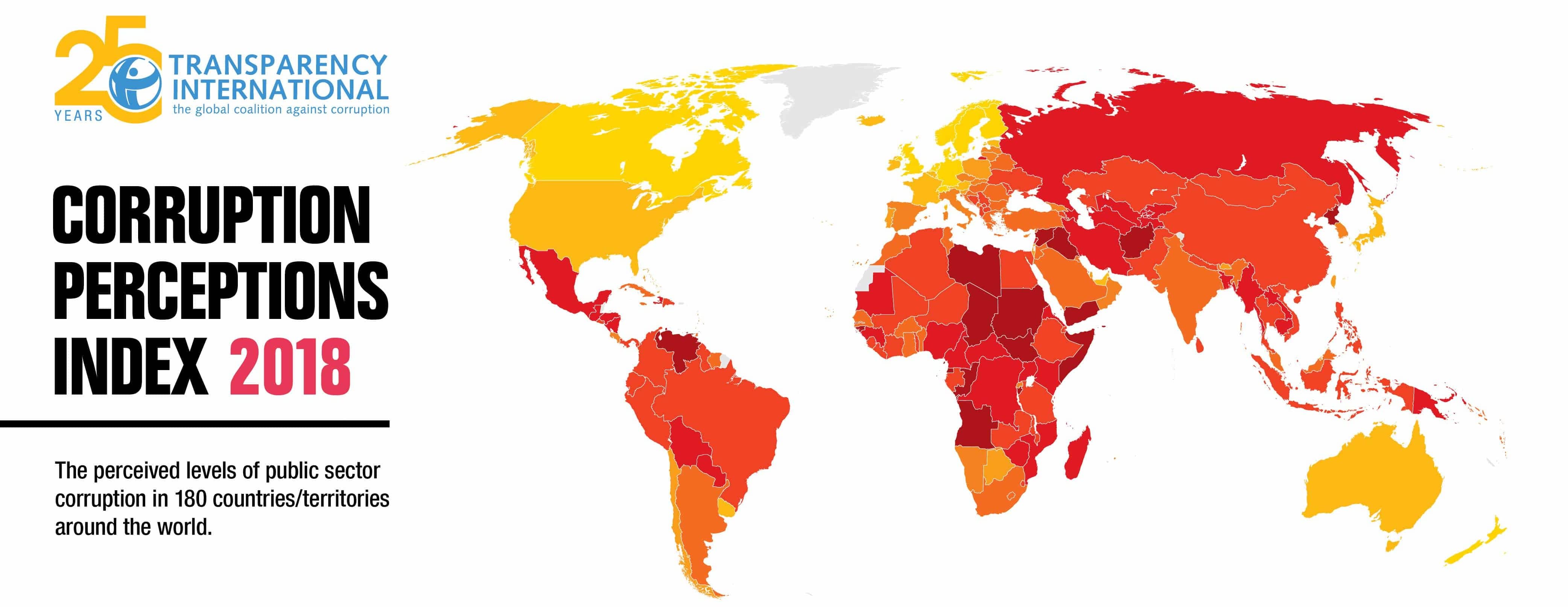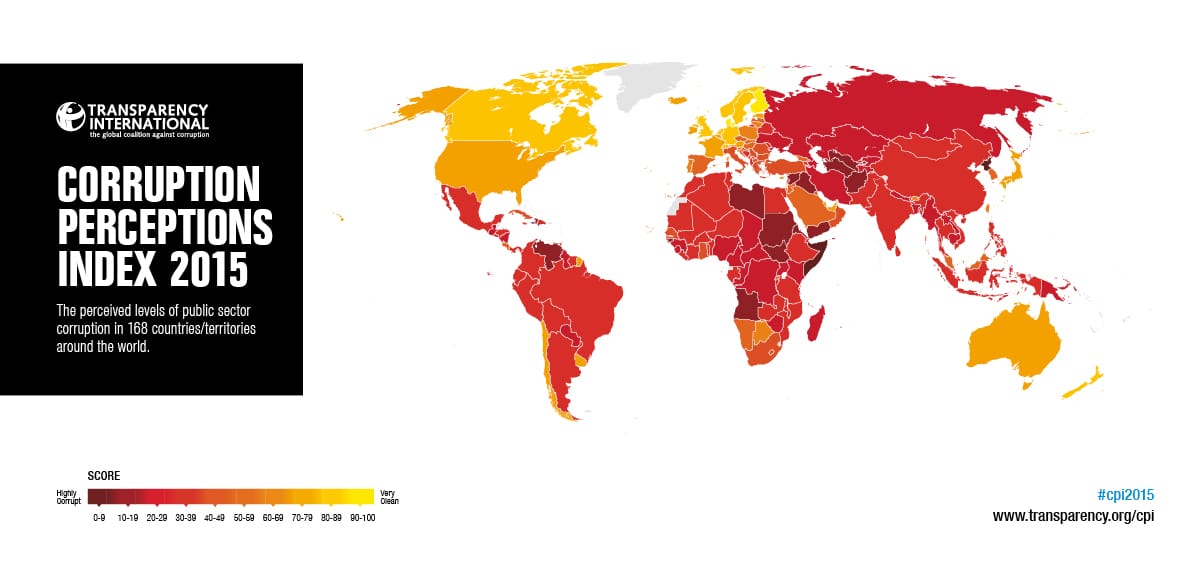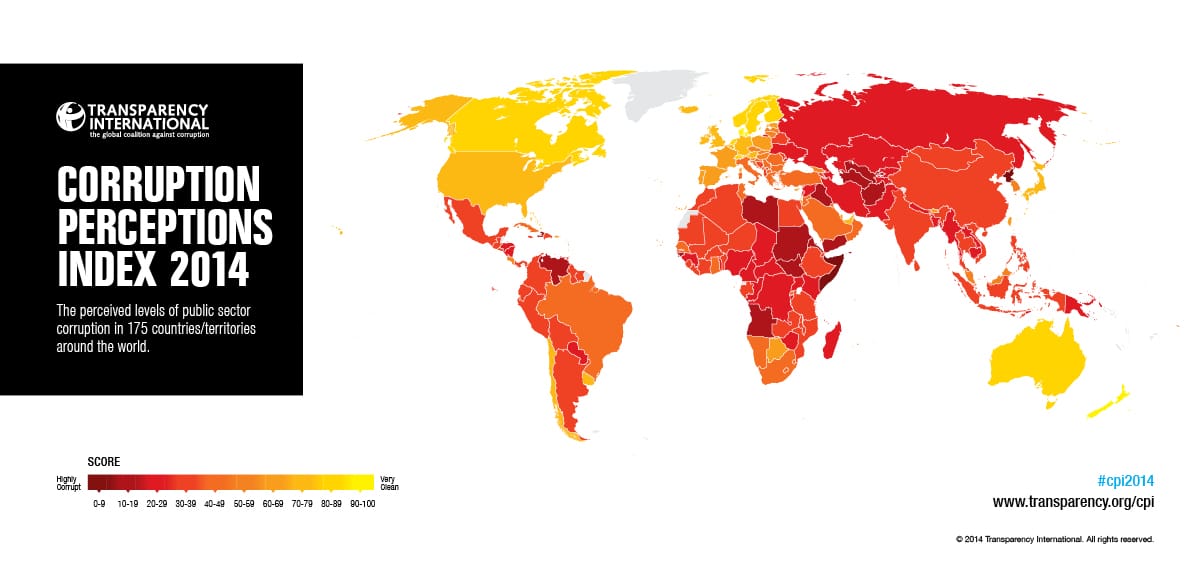
Every day, all over the world, ordinary people bear the cost of corruption. In many countries, corruption affects people from birth until death. In Zimbabwe, women giving birth in a local hospital have been charged US$5 every time they scream as a penalty for raising false alarm.1 In Bangladesh, the recent collapse of a multistory factory, which killed more than 1,100 people due to a breach of basic safety standards, has been linked to allegations of corruption.
This report examines how corruption features in people’s lives around the world. Drawing on the results of a Transparency International survey of more than 114,000 respondents in 107 countries, it addresses people’s direct experiences with bribery and details their views on corruption in the main institutions in their countries. Significantly, Transparency International’s Global Corruption Barometer also provides insights into how willing and ready people are to act to stop corruption.
The findings are clear: corruption is a very real burden, with more than one out of four respondents reporting having paid a bribe during the last year. When people are not in a position to afford a bribe, they might be prevented from buying a home, starting a business or accessing basic services. Corruption can, and often does, infringe on fundamental rights. For those surviving on less than US$2 a day, and for women who are the primary caretakers of children around the globe, corruption and bribery are particularly devastating. For them, the additional cost of bribery can mean tradeoffs are made between health and hunger, between school entrance fees and the shoes necessary to wear to school.
Not only do people pay the costs of corruption directly, but their quality of life is also affected by less visible forms of corruption. When powerful groups buy influence over government decisions or when public funds are diverted into the coffers of the political elite, ordinary people suffer.
When there is widespread belief that corruption prevails and the powerful in particular are able to get away with it, people lose faith in those entrusted with power. As the Global Corruption Barometer 2013 shows, corruption is seen to be running through the foundations of the democratic and legal process in many countries, affecting public trust in political parties, the judiciary and the police, among other key institutions.
Importantly, however, the people surveyed around the world as a part of the Global Corruption Barometer do not view themselves as powerless victims of corruption. They believe they can be part of the solution. In India, in 2011, millions of people marched to demand the establishment of an independent anticorruption commission; in Brazil, a citizen petition led to the passage of a law which bans corrupt politicians from running for office. Citizen action can lead to the exposure of corrupt acts, the sanctioning of corrupt officials and pressure upon reluctant governments to do more in the fight against corruption. The Global Corruption Barometer underscores the pressing desire of citizens to get involved in stopping corruption.
Efforts to stop corruption started in earnest in the early 1990s, at a time when corruption was a little-talkedabout secret. Twenty years later, the Global Corruption Barometer 2013 shows that people recognise all too well the extent of the problem and are ready to tackle this issue themselves.
Zur Publikation
Weitere Publikationen










